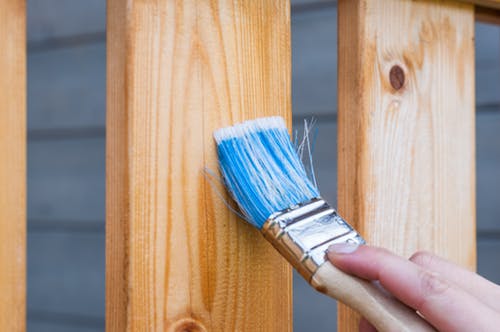Fire is really harmful. It may ruin property and take life. Workplace fires are not something to be taken lightly. Given the number of individuals in the building, the workplace may be an extremely risky area.
For many individuals, fire drill training is not a priority. You may or may not have had a real-life fire drill. But I’m sure you’ve participated in a fire drill. This may have happened at work or even at school. Many employees say it is annoying and disrupting. They don’t understand how essential it is and how it may one day save their lives or enable them to save others.
What are fire drills for?
Fire drills are not simply for the purpose of preparing for a fire. Whether it’s an active shooter or a natural catastrophe, they teach staff on how to evacuate the workplace quickly in the event of an emergency or life safety concern. Evacuation abilities should be taught to all personnel as a fundamental part of their training.
1. Evaluate Personnel Preparedness
In a crisis, you want your personnel to act promptly, calmly, and logically. By conducting frequent fire drills, you can ensure that everyone understands their roles in the event of an emergency. Fire drills allow your employees to practice new processes in a more secure environment. A more realistic situation may be created by conducting unannounced fire drills, and you can monitor how your employees behave. In the event of an emergency, 10-15 minutes of employee time each year for a fire drill might be crucial.
Fire damage is one thing, water damage is another. In order to also be prepared, you need the help of an expert firm to remediate the water damage. If you are looking for a water damage remediation company, you can type in “water damage mitigation in Hoboken” in your search bar for best results.
2. Recognize Weaknesses
Regular fire drills may quickly identify weak points in the fire escape method. If you work in an area where deliveries and shipments are common, you know that an exit route might be compromised. A collapsed door frame may prevent you from escaping even after the fire is extinguished. This is the best time to tighten up laws and reassess risks so that nothing like this occurs in the case of a serious fire breakout.
If your property got damaged because of water or fire, you can ask the help of a restoration company like PuroClean of Hoboken. They are focused on restoring the damaged property caused by unforeseen circumstances.
3. Test Alarms and Exits
Drills like this evaluate your strategy’s efficacy and your technology. You should conduct regular fire drills to confirm that your fire alarms and emergency exits are operating properly. Fire drills are a great chance to check the battery life of your devices and the condition of your fire alarms.
If unfortunately fire breaks out, to immediately address the damage caused by fire, you need the assistance of a reputable fire restoration company in Weehawken. Their expertise will lessen the time frame for the repair of your property.
4. Legal Obligation
Legal considerations are a significant factor in the need for fire drill training for every organization. The legislation mandates the installation of a fire suppression system in your building. At least once a year, all employees must be included in the testing of this device. The person in charge of instructing new hires on the evacuation process should do so on a regular basis.
New employees should be informed of any potential dangers they may face. Every time a drill is performed, it should be documented. If the drill findings are unsatisfactory, an extra risk assessment should be undertaken.
5. Revision of Evacuation Plan
Your workplace may have changed since your previous fire drill; you may have added additional employees, or even employees with mobility issues, or altered the architecture of your facilities. Emergency lights and signs for the deaf and hard of hearing may indicate that you need to upgrade your alarm system or require a new alarm with flashing beacons to alert the visually impaired.
A revised plan should be tested in a fire drill to ensure that the new risk assessment is accurate and that you’ve considered any changes to your surroundings or your strategy.




